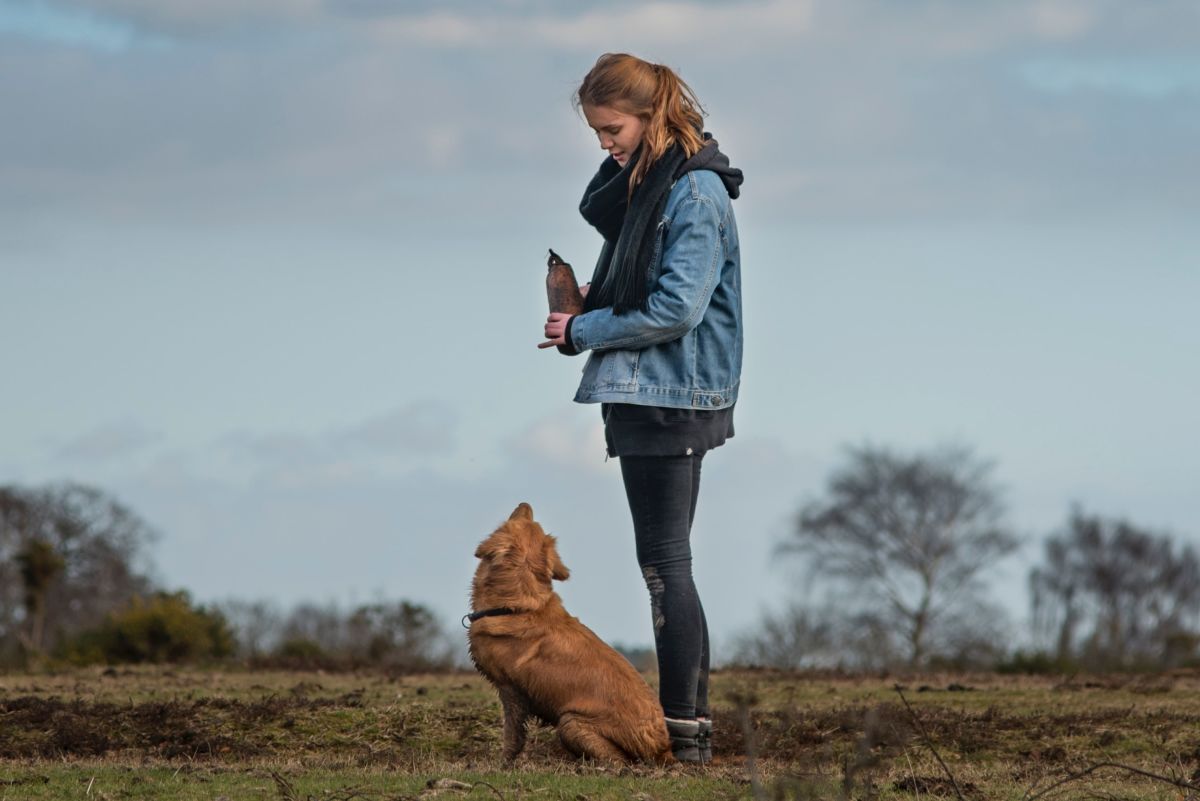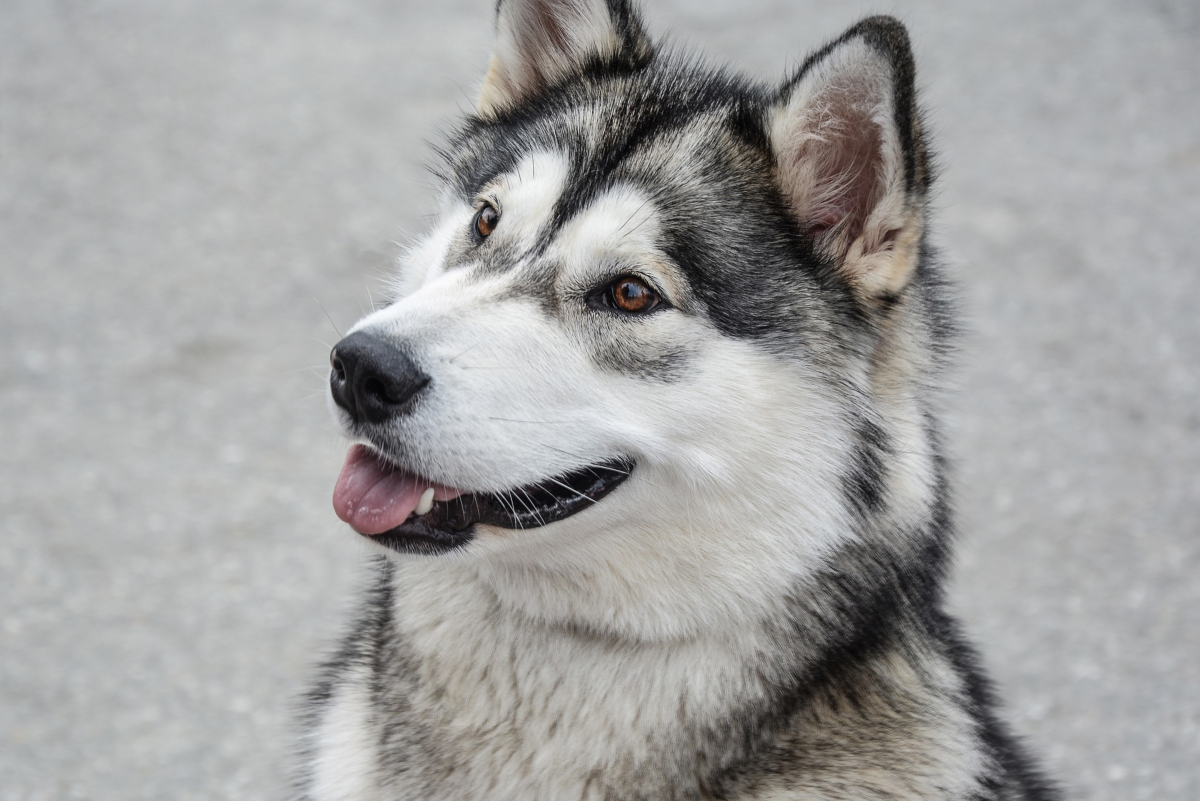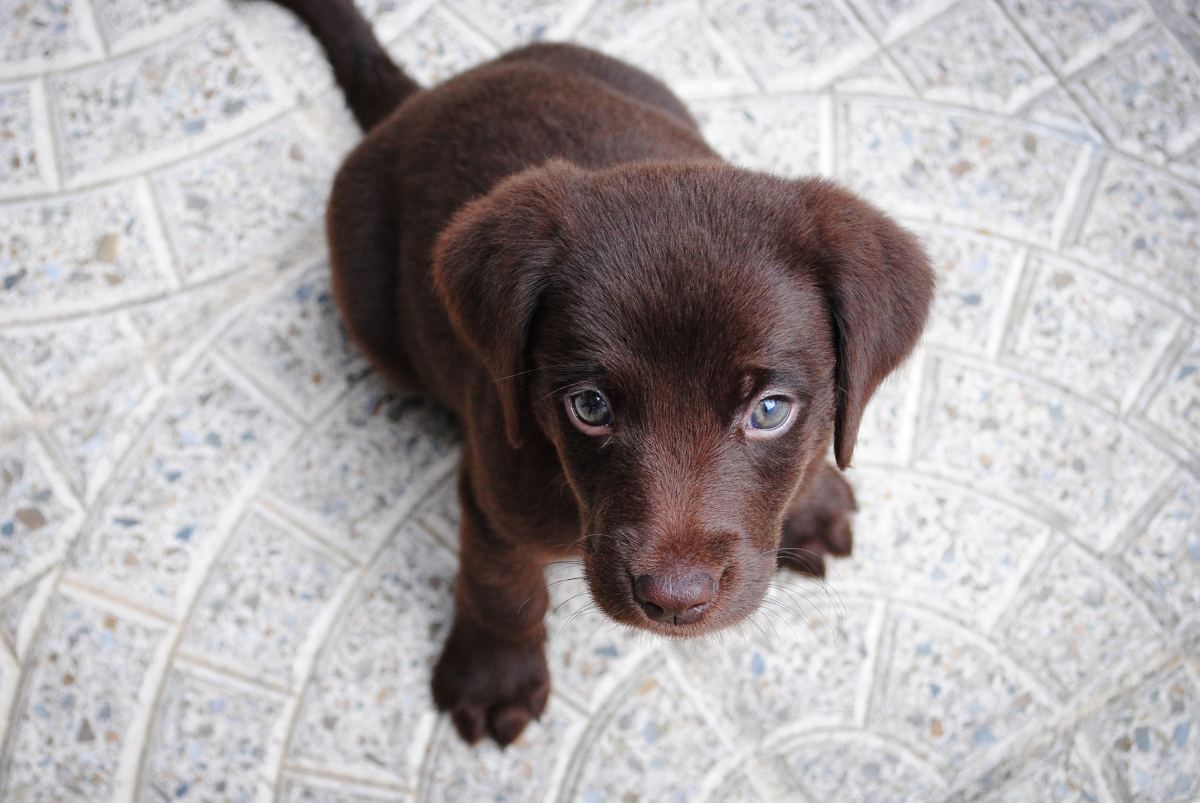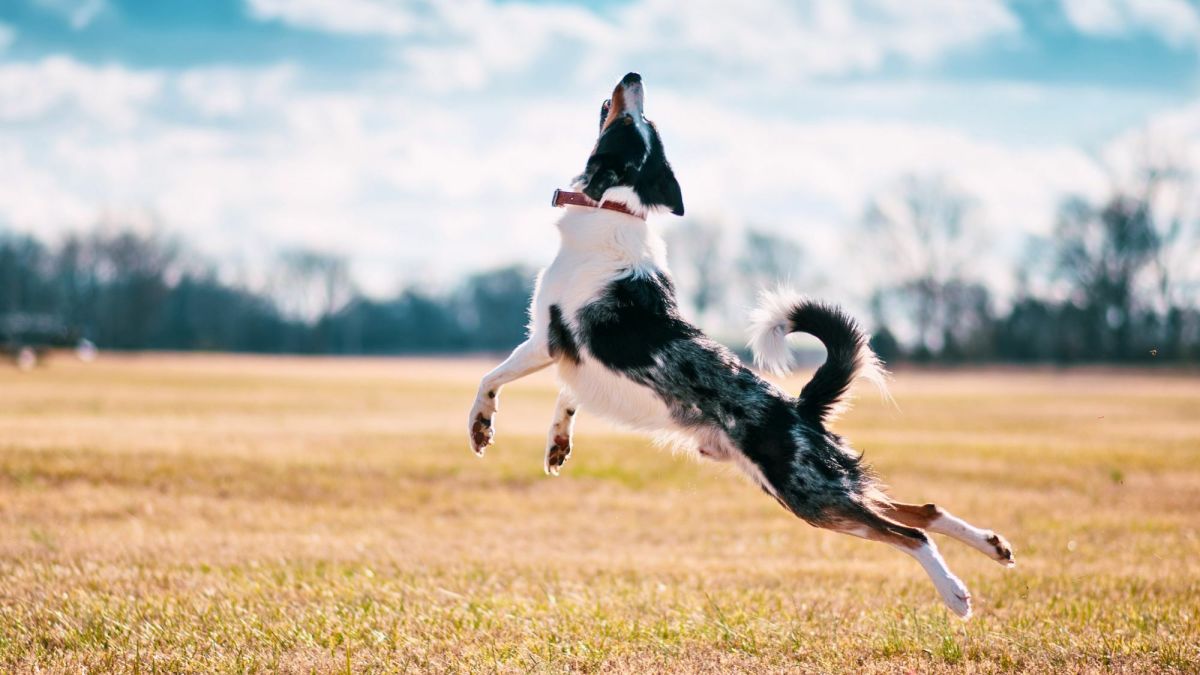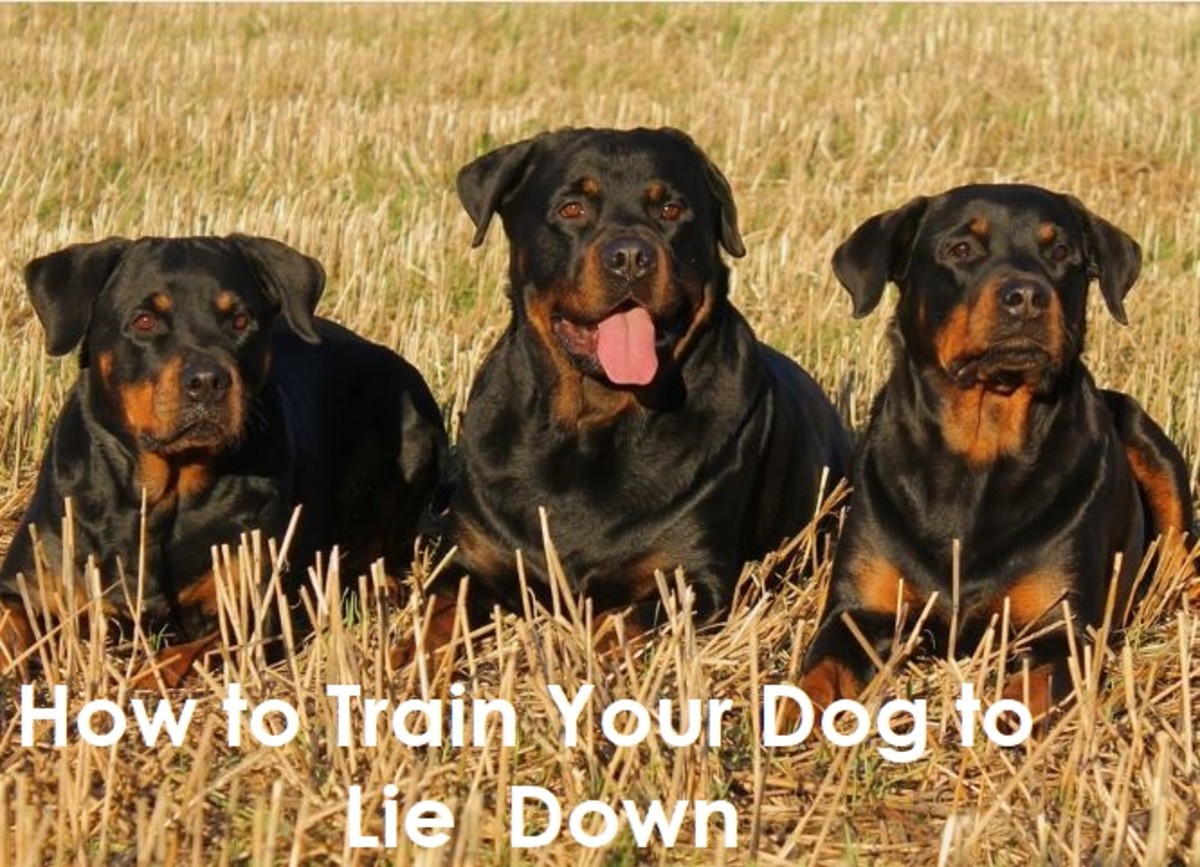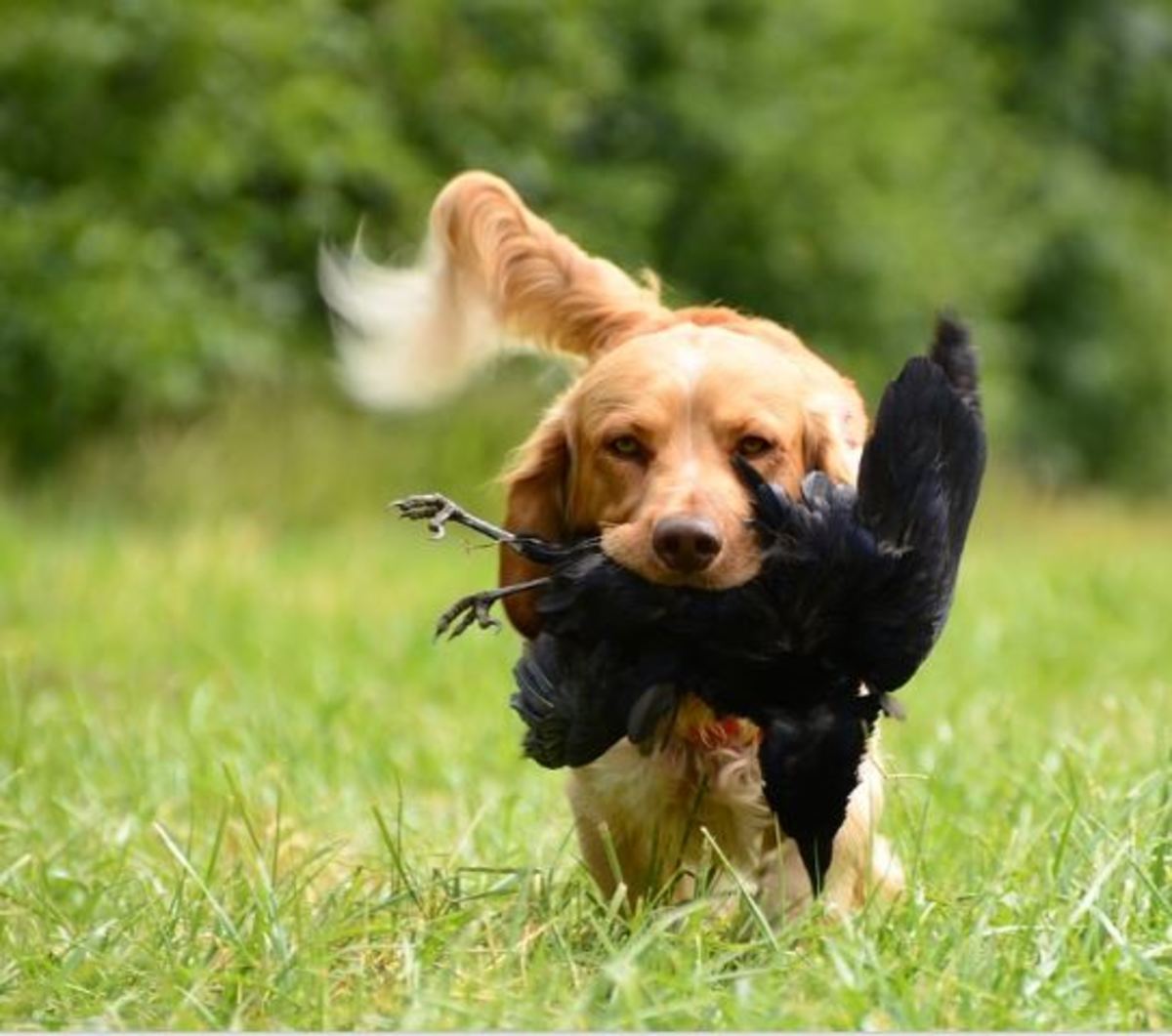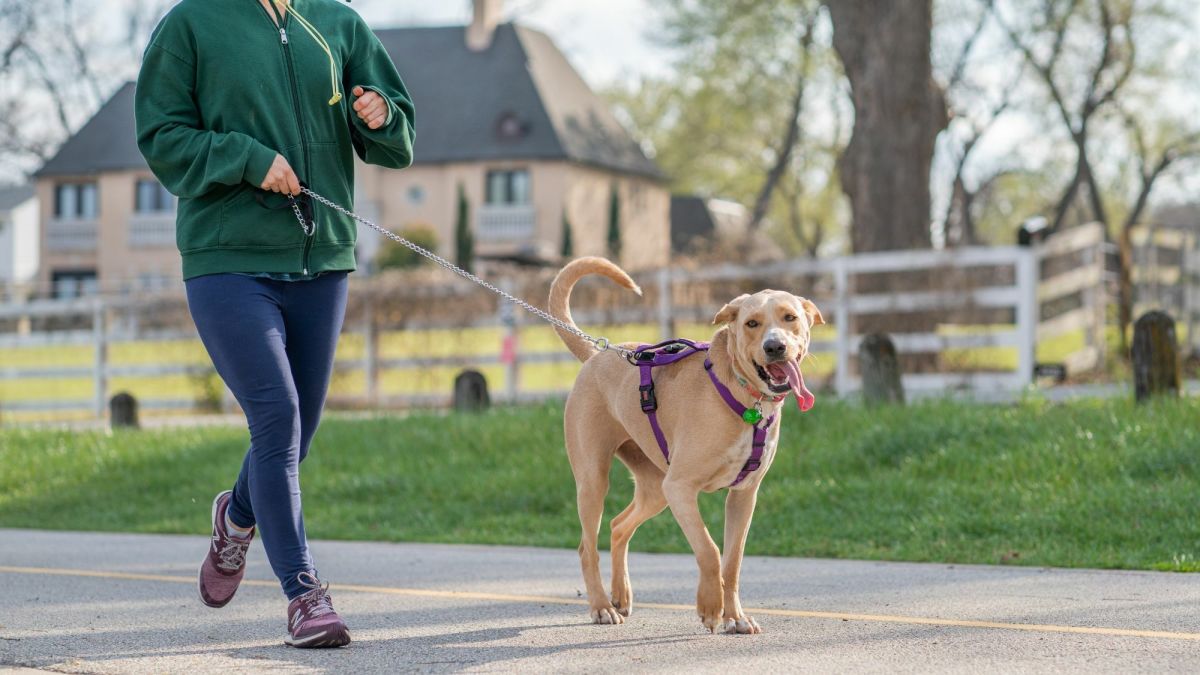Basic Obedience Training Part 2
Basic obedience is a continuous course throughout a dog's life. You must constantly work on the basics that could save his life one day. Teaching sit, down, stay, wait, and come, are all very basic commands that every dog should know.

Sit
- To teach a dog to sit, start with a treat in one hand, holding it in front of the dog's nose.
- Lift your hand with the treat slightly above the dog's eye level, pushing it backwards over the dog's head until he sits. As soon as his butt is firmly on the ground, reward him with a treat.
Do not say the command, "sit," until the dog can reliably sit when lured to do so, and as with all commands do not repeat it over and over, teaching the dog two things: (1) to ignore you, the trainer, and (2) to only sit after the command has been given so many times.

Down
- You must begin by luring the dog into a sit position.
- Hold the treat between the thumb and index finger, keeping your palm facing the floor in front of the dog's nose.
- You should slowly lower his hand with the treat behind the dog's right paw toward his rear. To follow the lure, the dog will lie down on his hip.
- Another way to teach ‘down,' is to keep the treat close to the ground and slowly pull away from the dog.
- Do not add the cue just yet.
- As soon as the dog is all the way down, reward him with the treat and praise him while he's still in the ‘down' position.
- Once the dog will reliably lie down, then you should add the word ‘down' or a cue.
As to not confuse the dog, always remember that ‘down' means to lie down on the floor; use ‘off' when the dog jumps or gets on the couch, meaning four feet on the floor. Choose whichever way it is easiest to train your dog, some dogs learn better with different methods. Some puppies, for example, may have to be taught the ‘down' behavior by you sitting on the ground with one leg bent and lowering the treat under your leg. The puppy would have to lower his body under your leg in attempt to get the treat. Let him have the treat once his whole body is touching the ground. Small dogs can be taught ‘down' using this method as well. Just remember whatever's easiest for the dog to understand is which method you should choose when training the behavior.
Stay
Stay' means that the dog should remain in the same position in which he was left.
- Begin by cuing ‘sit' and telling the dog to "stay." You should add the hand signal of flattening you hand and holding it shortly in front of the dog's face, palm towards him.
- Praise the dog as you stand there for two to three seconds.
- Give him the treat and wait two seconds before releasing him by taking a few steps away to encourage him to get up.
- You should build up to five second and ten second ‘stays' while in the ‘sit' position.
Once the dog gets the hand of it, walk a slow circle around him while he sits in a ‘stay' position. Praise the dog as you pivot around him, telling him that the reward is on its way.
Begin to add distance between you and the dog, once he gets used to staying; walk away from the dog. After telling him to "stay," take one or two steps away and come back.
Praise the dog for staying put, and gradually begin to take one more step away each time, then another and another.
Anytime the dog attempts to get up before he is released, say "eh-eh" or some other word or cue that tells the dog what he's doing is wrong, and place him back where he was. The treat is not the release marker, so you must remind the dog to ‘stay' when you give him the treat. Then release him.
Wait
‘Wait' is extremely important to teach a dog for both convenience and safety. The command tells the dog to proceed no further.
- Begin with the dog on a leash. Tell the dog to "sit," "wait," and wave to him as if you are leaving.
- Turn around and take a few steps away from the dog.
- Pretend to open an imaginary door, and turn back around, facing the dog.
- Wait a second or two before calling the dog to you.
This behavior takes practice before it can be proficiently used, so you should continue with the imaginary door until the dog is reliable at the behavior of ‘wait.' As with ‘stay' anytime the dog tries to get up before released, let him know he is wrong and place him back in his original position. Eventually with continuous work and practice, the dog will respond to the cue when at the end of a driveway, curb, or anywhere else. The command will also work when you want the dog to ‘wait' for his food; just remember to release the dog from the behavior.
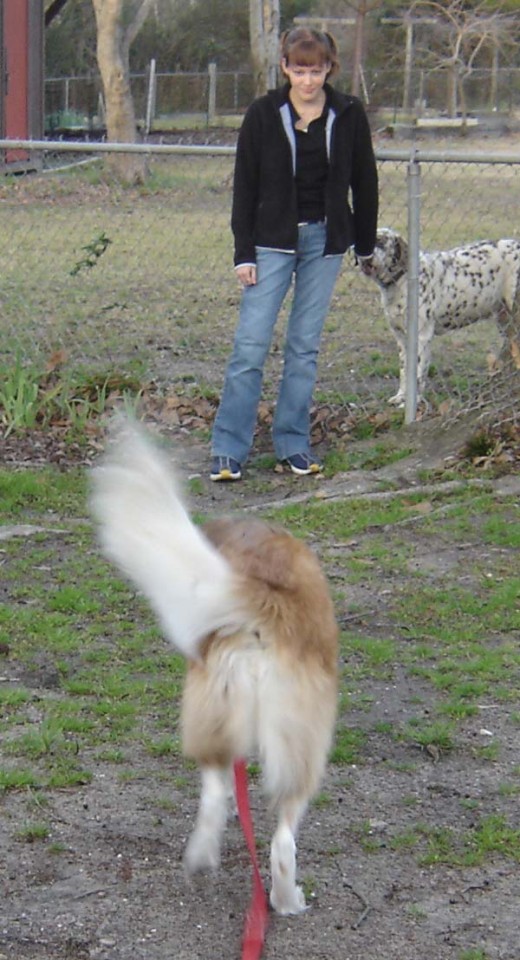
Come
The ‘come' cue should not be used in situations that are beyond the dog's ability. Try not to use ‘come' when you plan to do something that the dog may perceive as unpleasant. Do not call the dog to you when you plan to punish him because that is the most devastating thing to do the command. If you use the command before punishment is given, the dog will associate the punishment with the cue or command, realizing that the command is portent to the oncoming punishment. The key to this behavior is to set the dog up for success each and every time, teaching him that coming to you is the best decision he can make.
- Begin with simple situations without distractions and with the dog on his leash.
- Stand at one end of a 6-foot leash, while the dog is ‘waiting' at the other, and call him to you, when he comes praise him with sincere and enthusiastic praise.
Repeat this until the dog is reliable when using the 6-foot leash. Gradually, increase the length of the leash as the dog progresses. Eventually, move to even longer distances and areas that are more distracting. This command can take a while to make successful and practice makes perfect, so it should be worked on until the dog will come to you no matter what is going on around him.
RECALL GAMES
Round Robin
Have the family sit on the floor in a circle. Take turns calling the dog to come, rewarding him with small handfuls of food or a toy.
Into Flight
Have two people call the dog to come up and down a flight of stairs. Reward the dog with food or a toy every time he comes to you or the other person.
Hallway Haven
To ensure the dog's success, use a long hallway as a tunnel. One person is at one end while the other person is at the other end. Take turns calling "come" and rewarding him. The dog has no option but to go back and forth, and he cannot veer off.
Hide and Seek
Station two or more people in different rooms of the house and take turns calling the dog back and forth. Reward the dog each and every time.



